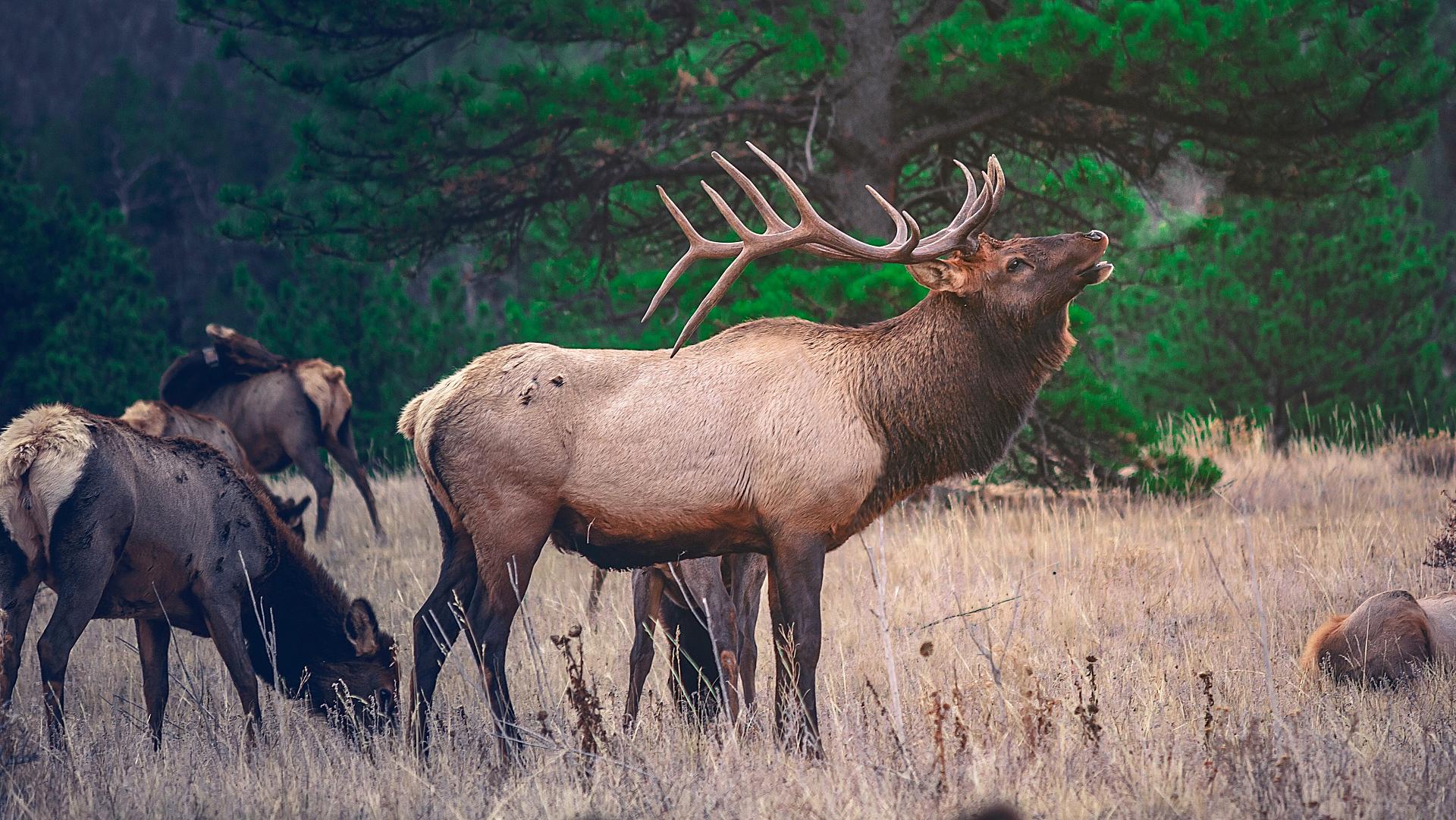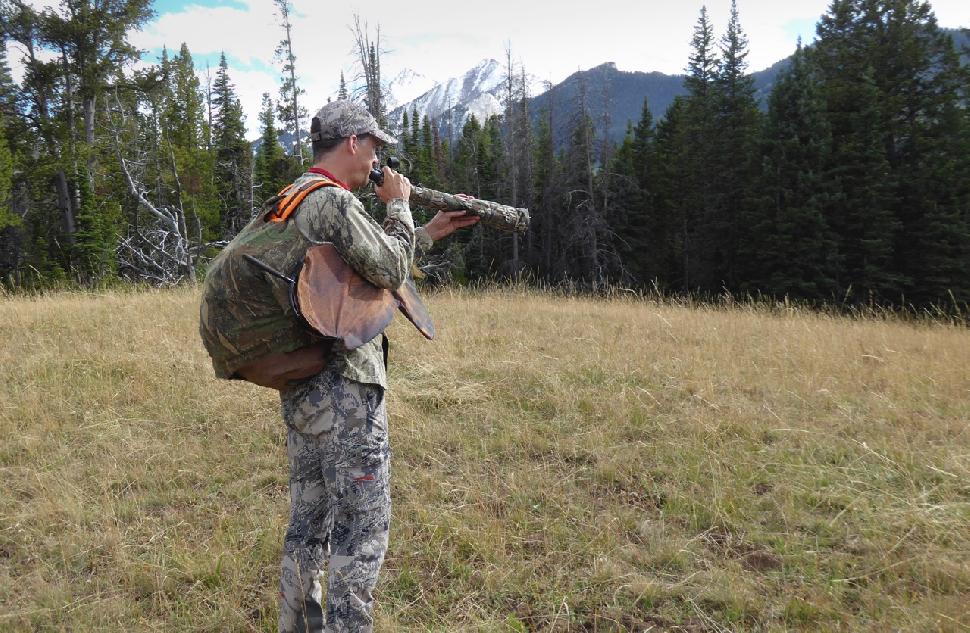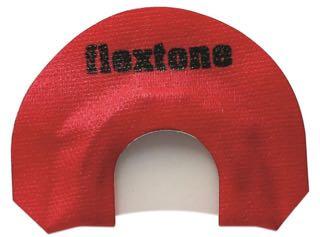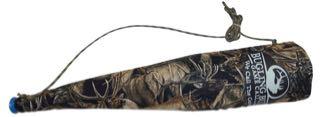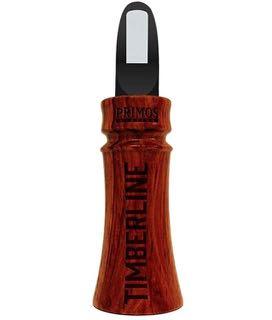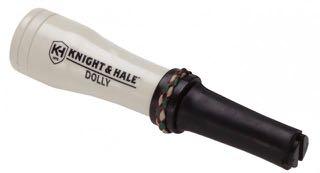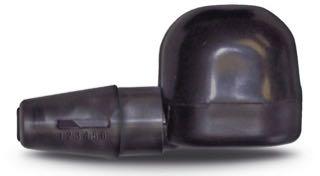Talking bull
Hoping to connect with a trophy elk? The key to a successful hunt is learning his lingo and getting the conversation started
Advertisement
Make the calls
To imitate the various elk vocalizations, there are four basic call types that hunters can use.
Advertisement
Diaphragm calls
Popular among turkey hunters, diaphragm-style calls (above) are also effective for calling elk. And because they’re mouth calls, they allow you to keep calling while freeing up your hands to prepare to shoot. All the varied elk calls can be made with diaphragms, and they’re easier to use than you might think. Simply hold the D-shaped call against your palate with your tongue. The round frame of the call should extend to the back of your mouth, with the little patch of membrane pointing toward your front teeth. To hold the call in place, position your tongue to say the letter L. At first, experiment making sounds by saying sssss and exhaling from deep in your belly. Blowing softly makes deeper sounds, while blowing harder makes the pitch rise. Also change your mouth shape from making the eeee sound to creating an oooo—which can drastically change the call. Keep experimenting until you can imitate the real deal.
Advertisement
Bugle tubes
Bugle tubes (above) are the easiest calls for beginners to use, and they sound authentic with minimal practice. These calls come in two styles: an open-ended flexible tube intended to be used with a diaphragm call, and a tube with a reed or diaphragm as its mouthpiece. Some calls let you change reeds or diaphragms to make different sounds (for young and mature bulls, for example). You can also create different tones by changing your mouth position on the reed or by varying the pressure on the latex diaphragm. And to boost the volume, you simply blow harder.
These two call styles are easy to use, and they work in a similar fashion. With the open-reed call (above), you create different tones by adjusting the pressure on the reed with your lips; with the bite-reed (below), you bite down on the mouthpiece, as the name implies. The best reed calls make very realistic sounds. One downside, however, is that they can get fouled with saliva and stop working until they’re dried out.
Squeeze calls
Using a rubber bulb or bellows, squeeze calls (below) force air across a reed to produce a cow elk sound. They are very dependable, but limited in the range of sounds they can produce.

